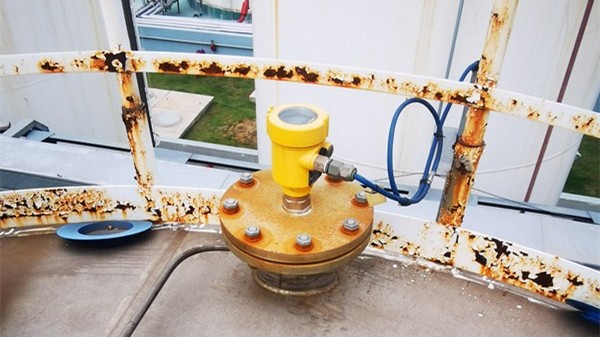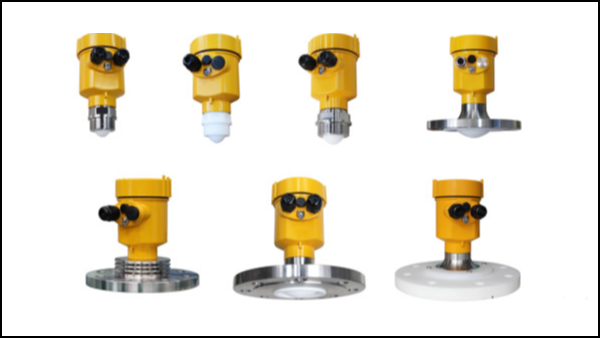In industrial production processes, for containers that store and process high-temperature, high-viscosity or highly agitated materials, accurately measuring their level is the key to ensuring production efficiency and safety. Radar level meters are ideal for such conditions due to their non-contact measurement capabilities.
However, high temperatures and highly agitated conditions present a series of challenges to the application of radar level meters. This article will explore how radar level meters cope with these challenges and illustrate the implementation of solutions through actual measurement cases.

High temperature environments put stress on the electronic components of radar level meters, which may affect their performance and life. In order to adapt to high temperature conditions, radar level meters need to be made of high temperature resistant materials, such as stainless steel or special alloys, to withstand continuous heat exposure.
In addition, some radar level meters are designed with cooling systems, such as air cooling or water cooling devices, to prevent electronic equipment from overheating.
Under strong stirring conditions, the violent fluctuations on the surface of the material can cause the echo signal to be unstable, making level measurement difficult.
To solve this problem, a high-frequency radar level meter with a fast update rate and high signal processing capability can be used. This type of radar level meter is able to capture more measurement data points and filter out the instantaneous fluctuations caused by stirring through internal algorithms, thereby providing a more accurate average level value.

Taking these factors into consideration, a chemical company chose a high-performance radar level meter when dealing with level measurement in a high-temperature chemical reactor. The temperature inside the reactor is as high as 250°C and contains a strongly stirred chemical mixture.
Traditional contact measurement equipment fails quickly under such extreme conditions, while non-contact radar level meters show their superiority. When selecting a radar level meter, the company paid special attention to the following points: first, a model with high-temperature rated electronic components was selected to ensure stable operation in a high-temperature environment.
Second, a high-frequency model with high-speed signal processing capabilities was selected to meet the challenges of strong stirring; finally, the installation position and angle were also considered to ensure that the radar waves can be correctly reflected back to the receiver.
After installation, the radar level meter successfully provided accurate level measurement and maintained stability even when the temperature and pressure inside the reactor changed. By monitoring the level in real time, operators can better control the chemical reaction process, optimize the use of materials, and reduce energy consumption.

Although high temperature and strong stirring conditions bring challenges to the application of radar level meters, these challenges can be overcome by selecting the appropriate radar level meter model, considering high temperature resistant design and high-speed signal processing capabilities, and proper installation and maintenance.
Actual measurement cases show that after taking these measures, radar level meters can provide reliable level measurement under these harsh conditions, helping industrial production to be more efficient and safe.
